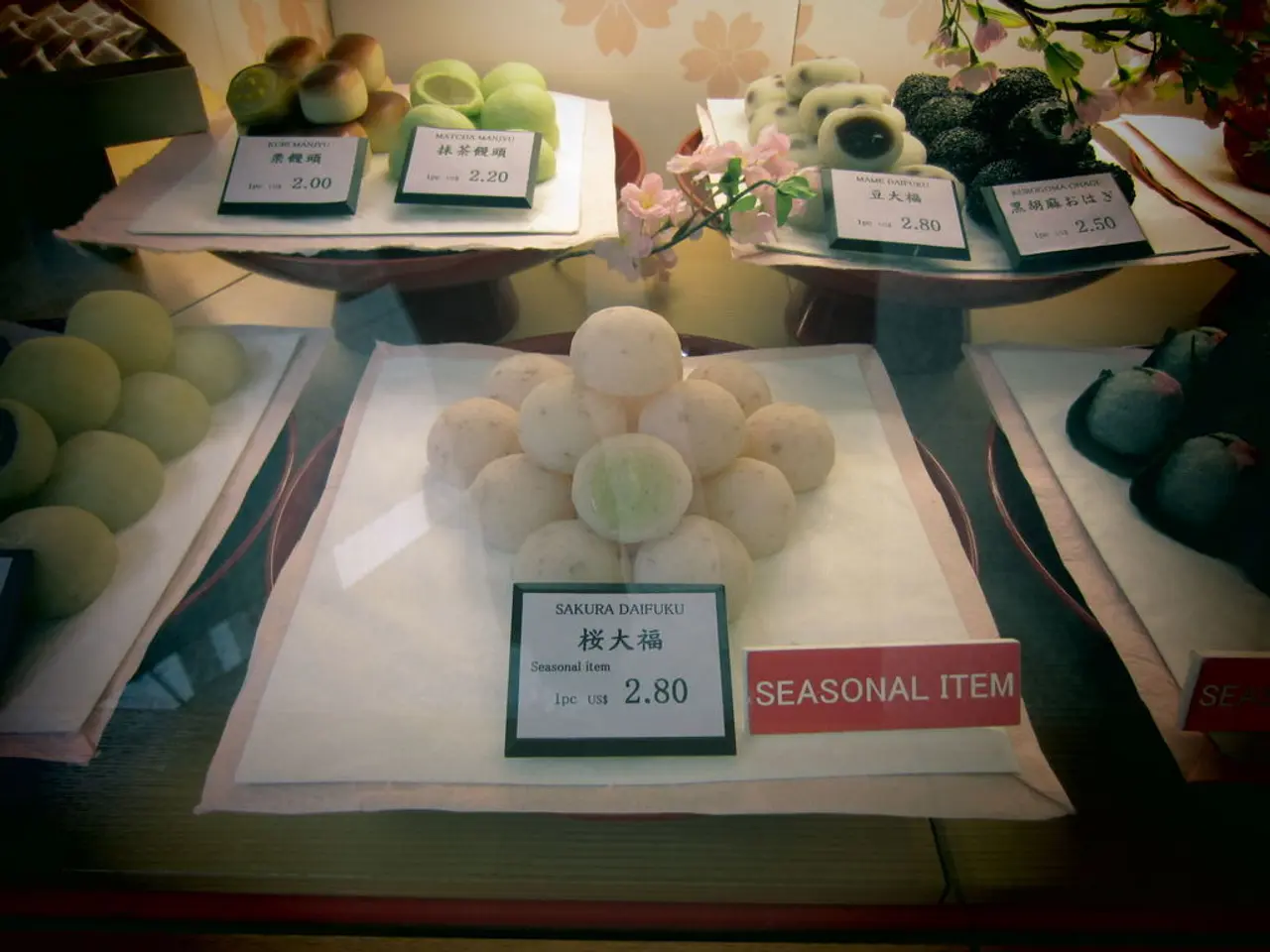Product Life Cycle's Final Phase
In the final stage of a product's life cycle, known as the decline stage, sales volume decreases and companies face various challenges. One of the key factors contributing to this rapid decline is the emergence of substitutable new products that offer better experiences and functionality.
When new products fulfill the same core functions but address consumer needs more effectively, the demand for the older product drops more quickly. This is particularly true when the substitute product provides similar utility with improvements, such as enhanced features, better performance, or integration with newer technologies.
The functional overlap between original products and substitutes plays a significant role in this process. For instance, laptops, with their portability and similar specifications, have started replacing desktop computers. Similarly, the launch of smartphones led to the rapid decline of Walkman sales, making it obsolete.
Market shifts towards substitutable innovations that address gaps or pain points better can also trigger decline. This was evident in the rapid decline of traditional DVD players due to the rise of streaming services.
Businesses typically respond to this challenge by cost-cutting, repositioning, or phasing out the product entirely. This is crucial when substitutes satisfactorily satisfy consumers’ underlying needs, making it less viable to continue competing with the original product on a broad scale.
In some cases, companies choose to develop the closest substitute product before the primary market falls to cope with a decline in sales. This strategy can help maintain sales and extend the product's life cycle.
Another extension strategy is to adapt the product to current consumers' needs or find new uses for it. For example, early computers, as substitutes for typewriters, were expensive, imperfect, and took up a lot of space, limiting their demand. However, as they evolved and adapted to meet changing needs, they became more accessible and useful, extending their life cycle.
In summary, the availability and functional superiority of substitutable new products significantly speed up the decline phase by decreasing the older product’s market demand and relevance. This impact is amplified when substitutes better meet consumer expectations or leverage technological advancements, forcing companies to adapt their product management strategies accordingly.
- In the face of functional alternatives, businesses often struggle to maintain market demand for their older products, as seen when the emergence of smartphones led to the rapid decline of Walkman sales, making it obsolete.
- When new products offer improved functionality or integration with newer technologies, they can quickly replace older products, such as how laptops have started to replace desktop computers due to their portability and similar specifications.




